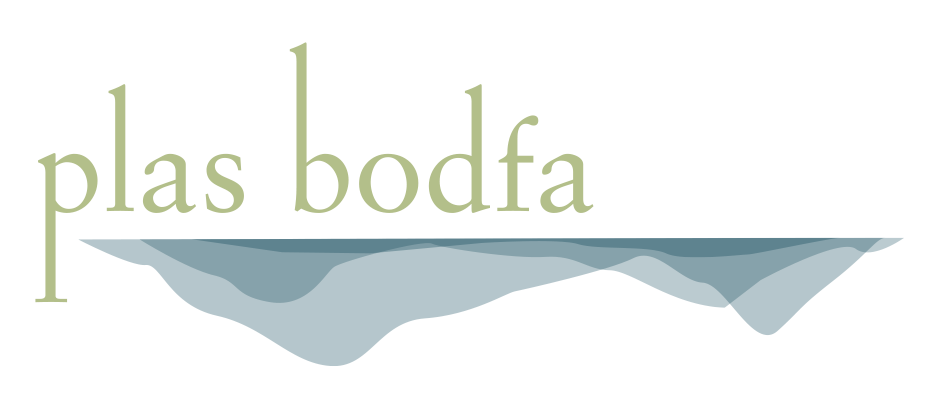Maud Haya-Baviera and Simon Le Ruez
An interview
with Maud Haya-Baviera
and Simon Le Ruez
about their multiple:
'The neck of the woods
(Lagoon, Cascade and Honolulu)'
Where did you make these multiples?
Sheffield UK
Any interesting or funny stories in the development of these multiples?
Their creation pushed the experience of collaboration not just ours as the artists but in working with other fabricators and technicians. We spent time working with others in specialist wood workshops and photo labs to realise the different components, then it was all about bringing it together in the studio, pairing and colour decisions, teamwork and a production line
Tell me about your experience with Unus Multorum and/or Plas Bodfa as it relates to your multiples.
Foremost, Plas Bodfa and the multiple project of Unus Multorum provoked us to work this way. It was a fascinating challenge to harness and distill a different interpretation of our exhibited work 'The neck of the woods' and to translate this into a limited edition. It has informed new ideas in our way of working and how we might further explore positions of change, portability and the collectable. The support and encouragement in this endeavour from Julie and Plas Bodfa has been immense.
You choose to make a certain number of Objects in your edition. Why this number?
The relatively small edition of 8 plus two AP seemed right. It maintained a sense of exclusivity while investigating all possibilities of colour and combination.
Where do you imagine these multiples to end up?
As part of a collection and somewhere that isn't necessarily fixed. The object calls out to be rotated and to celebrate movement and change. This is part of the object's legacy.
Tell me more about the materials used in your multiple.
Why did you choose this material? What do you like about it?
The work revels in a joyous interplay of objects and materials and the use of vibrant colours was key to igniting this exchange. We actually began to think of colour itself as a material. The photographic images were printed on a rich colour absorbent paper and this is pushed further through the use of light catching vario perspex, which also gives a stage and equal importance to the sides of the object. We wanted the base to be simple and eloquent hence the use of finished plywood.
Why do you make things (in general)?
To be immersed in a process that aspires to reveal a kind of emotional record through image and form. To investigate a material world and to communicate something stimulating and singular about our own place within it.













